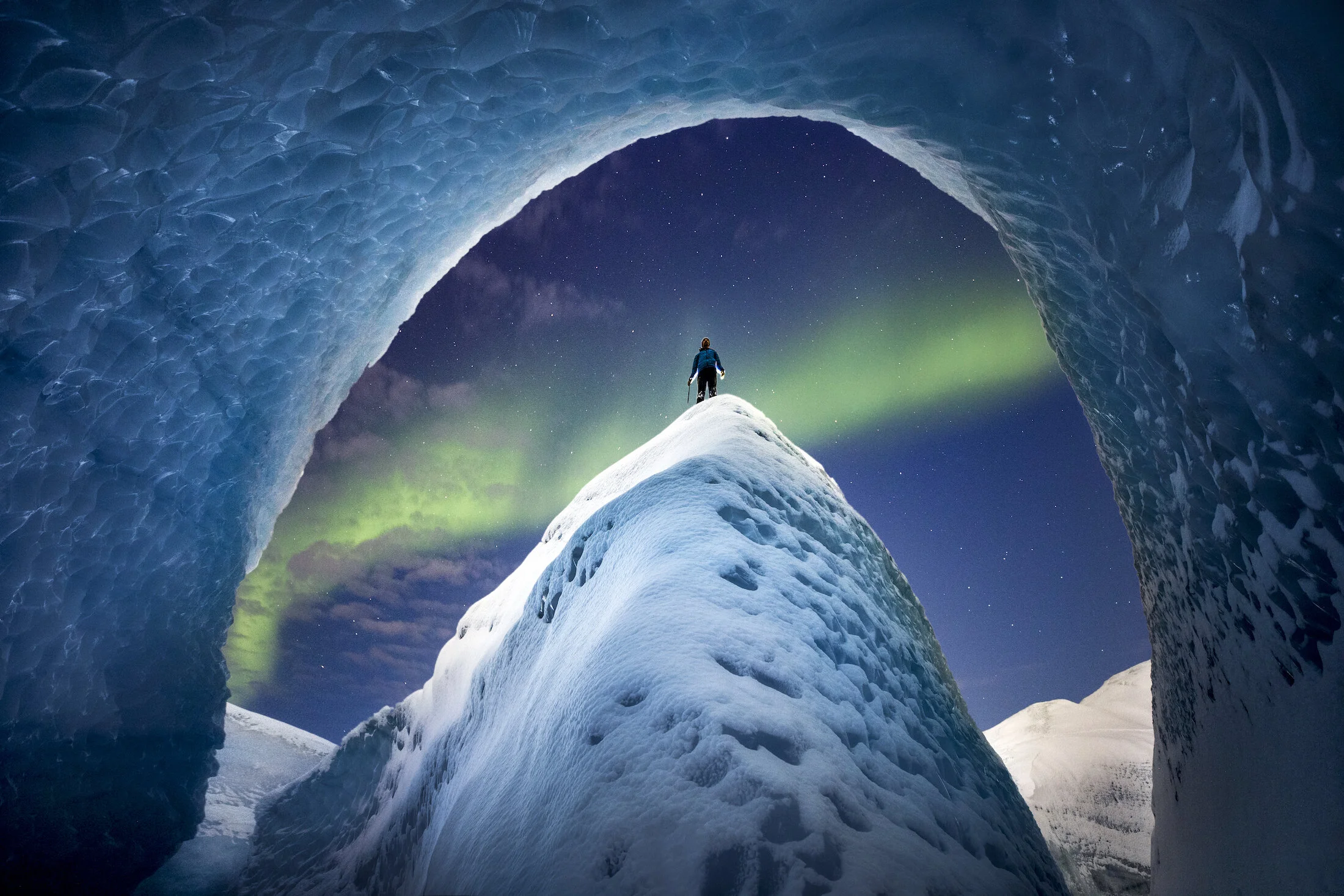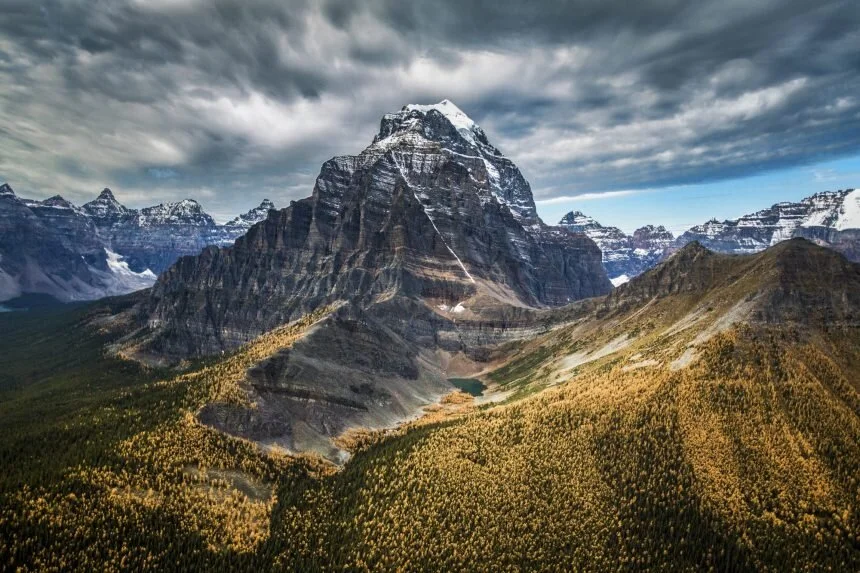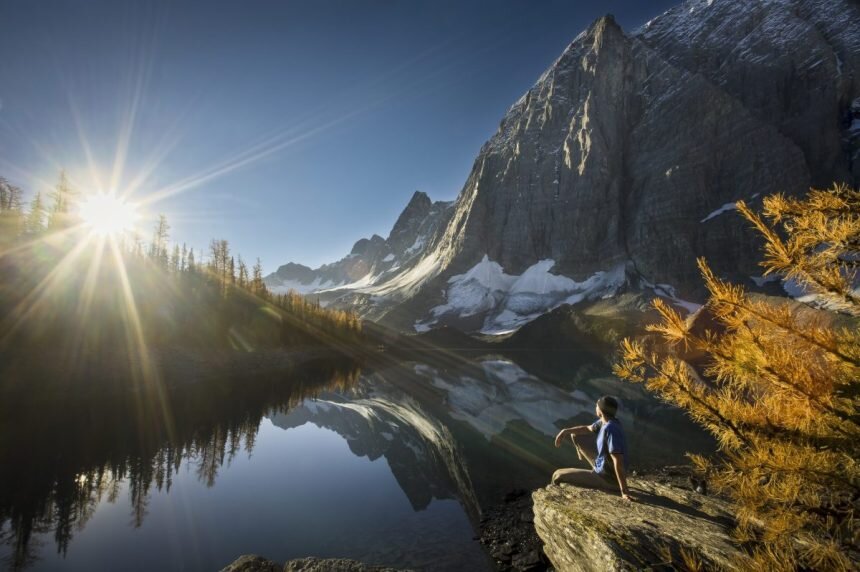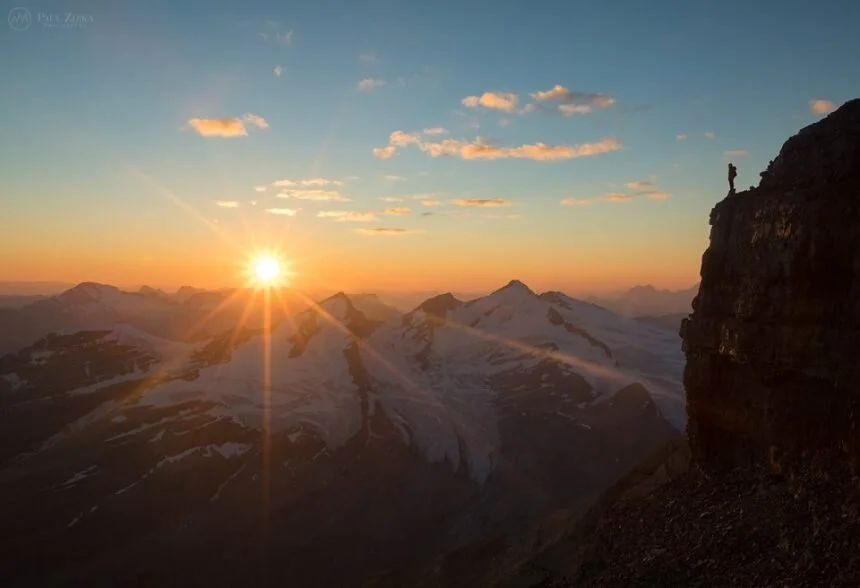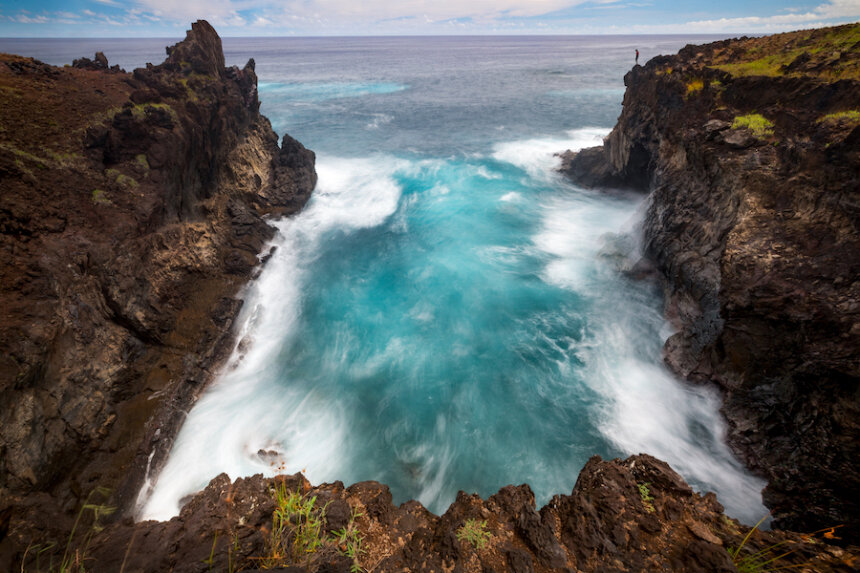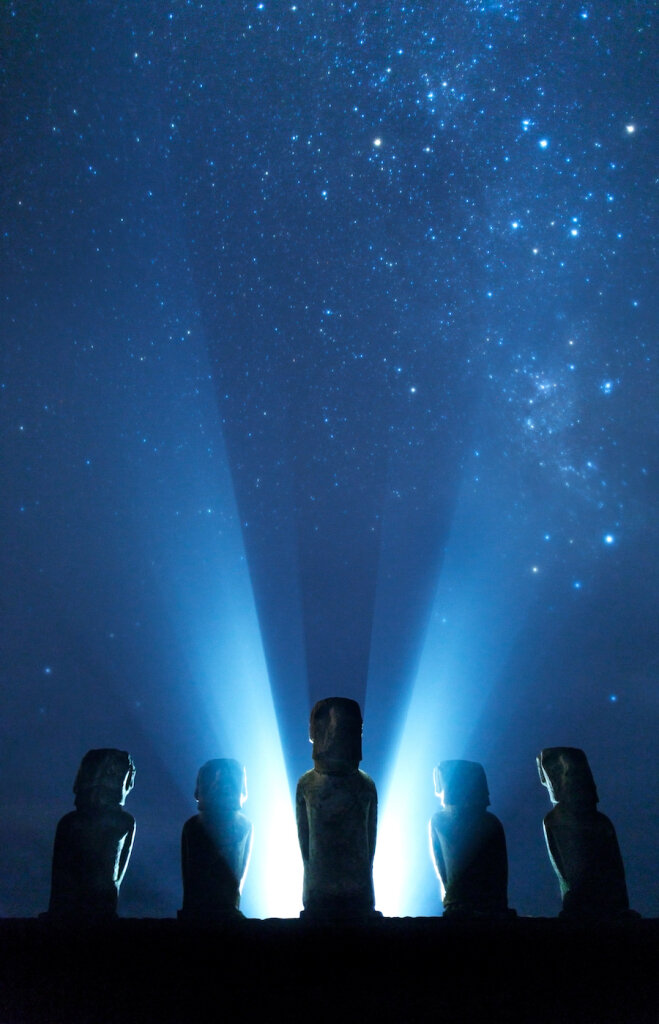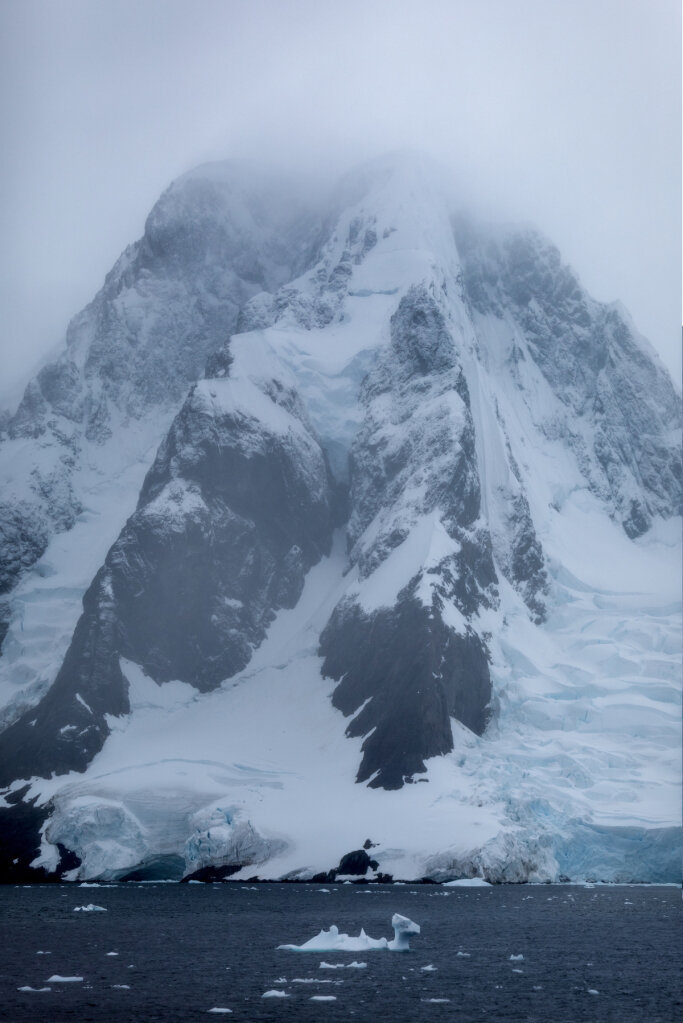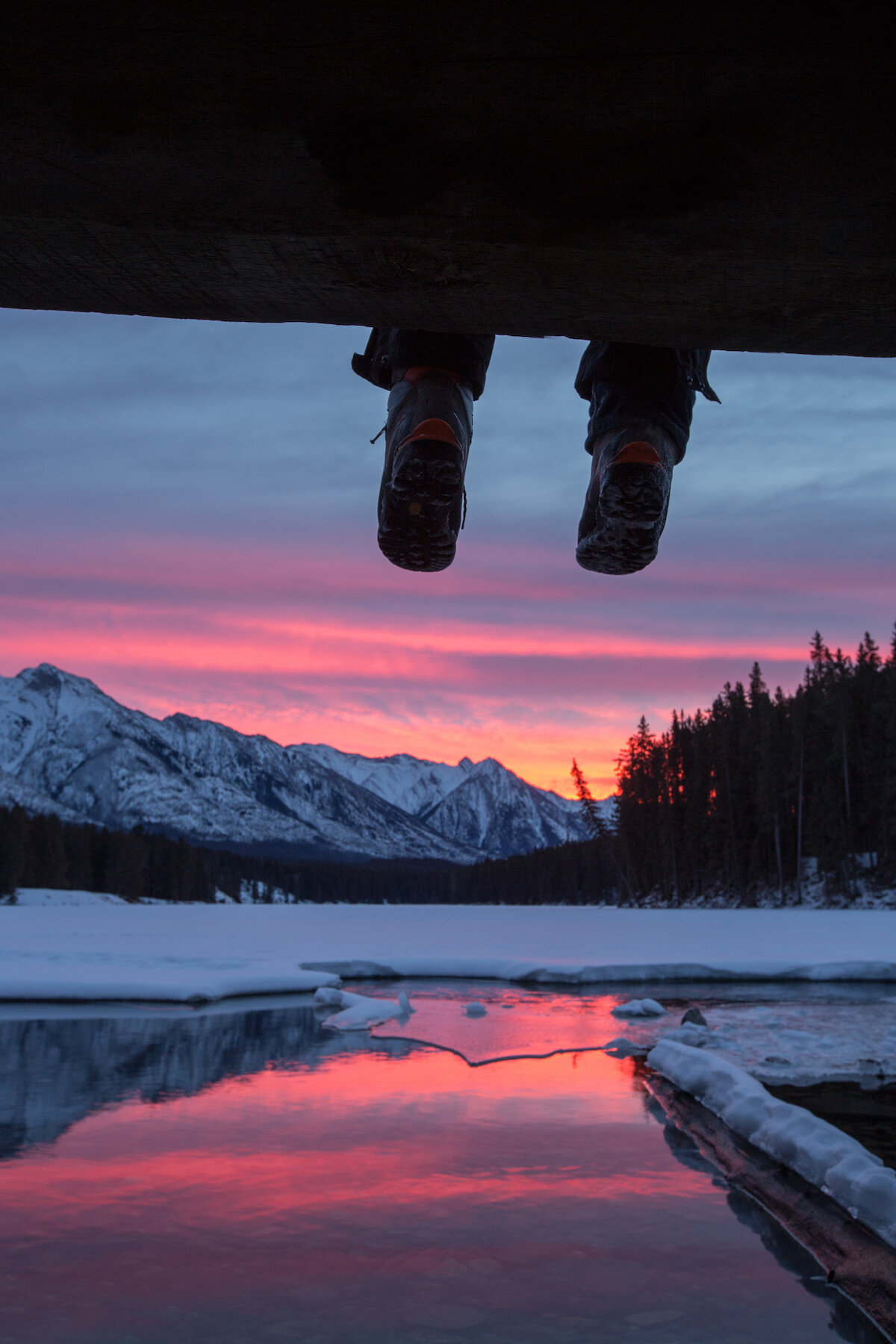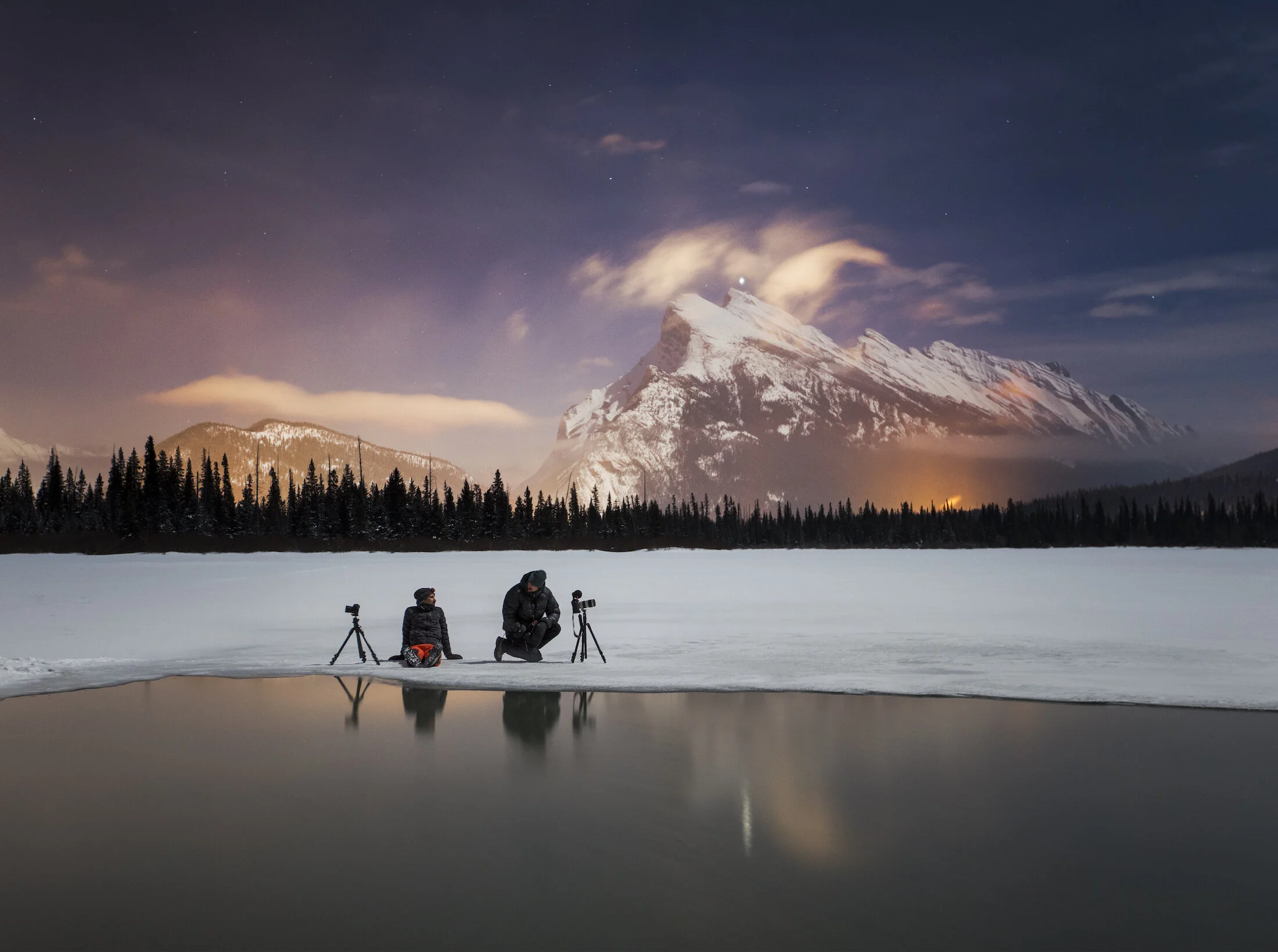
Behind the Image: Audience of One
This time around, play time meant finding ourselves camping on the Greenland ice sheet for three nights, about 50 kilometres away from the closest settlement, Kangerlussuaq. Our main purpose over those few days was to document supraglacial lakes, these surreal, turquoise bodies of water that have proliferated along the edge of the ice cap recently.
Earlier this month, I was fortunate to return to beautiful Greenland to lead a group with fellow photographers Stephen DesRoches and Curtis Jones. Through OFFBEAT, the company I co-founded with my friend Dave Brosha, we do a number of these epic photography trips every year. They are always rewarding journeys; it is such a privilege to be able to introduce fellow photographers to these wild corners of the planet, and to help guide them along their creative journey. Between the demands on the logistical side, and the fact that our priority is to assist participants with their own photographs, there really isn't much time for leaders to create images of their own. That's why we always make a point to add a few days to any international trip we do for pure creative time. "Play time," as we call it.
This time around, play time meant finding ourselves camping on the Greenland ice sheet for three nights, about 50 kilometres away from the closest settlement, Kangerlussuaq. Our main purpose over those few days was to document supraglacial lakes, these surreal, turquoise bodies of water that have proliferated along the edge of the ice cap recently. Unfortunately, shortly after setting foot on the ice and sending up a reconnaissance drone, we realized we were too late. Winter had arrived early in Greenland and once up on the ice, there was barely any open water to be found. We reluctantly reset our objectives, set up a base camp and focused on finding some other features to photograph. As an avid astrophotographer, my main concern during the day was locating compositions that could be recreated under the stars and, hopefully, the aurora. All of the forecasts agreed that our first two nights would be overcast, but our very last night in the area looked hopeful.
This image is available as a limited-edition print in a variety of sizes and format. See our online store for details!
Despite the blizzard that set in shortly after setting up camp, we made good use of the next 48 hours by locating stunning ice caves and canyons within a kilometre of our tents. By the time the clear night came around, I had 4 or 5 shots I was after. I had a plan and a vision. Nightfall came cloudy, however, and we started getting concerned that our astrophotography plans would fall through. At midnight, we were still fighting the cloud cover despite all forecasts still calling for crystal clear conditions (I had re-checked with the InReach). Behind the veil, one could tell that the aurora was dancing. It was one of those situations where the images still looked great on the back of the cameras (due to the ice features being so photogenic), but every time we'd meet in the dark, one of us would say "Oh man, can you imagine if the clouds weren't there?!" Eventually, Stephen and Curtis decided to make their way back to camp and would shoot there if the skies cleared up. I opted to stick it out a little longer. After all, sunlight wouldn't come for another five hours and I had come all this way. Finally, at around 1 a.m., the cloud cover started dissipating quickly, revealing a bright ribbon of green.
I frantically ran around, crampons on, to re-create the four compositions I had scouted, and was able to frame the aurora borealis in all four. I've always felt I've had more than my share of luck with the aurora over the years. But that night was something else. This particular image was shot from the middle of a bend at the bottom of an ice canyon. The cold may have meant our blue lakes were gone, but it had enabled us to travel along the bottom of such canyons, thus opening up incredible compositions. I set up the tripod, went with settings of f/2.8, ISO 1600 and 10 seconds, manually focus on the rim of the canyon (where I would be standing), got the 5DIV to shoot continuously and then proceeded up the canyon, to a less steep section nearby and then up to the rim for the self-portrait. I placed my Lupine headlamp on the ground behind me to cast a bit of rim light on myself. I took about eight similar images and selected this one because it's the one where the aurora looked best.
Aurora and ice on the Greenland ice sheet. Photo by Paul Zizka Photography.
I hope you like the stories behind the images! I very much look forward to sharing a few more shots from that incredible night!
This image is available as a limited-edition print in a variety of sizes and format. See our online store for details!
Join me on Patreon for more “Behind the Image” video posts, which go into more detail and feature behind-the-scenes footage and my editing process from raw to final.
The Business of Photography
The Business of Photography is for everyone wanting to monetize their images, whether it is to pay for the occasional piece of gear or go full-time. It's for everyone wanting an honest window into the current state of the industry and what it takes to make it work, not just for the coming year, but in a way that is sustainable.
I'm so excited to finally launch our Business of Photography program!
Doing photography for a living has always been romanticized. It's really not what most people think. The industry is extremely volatile and plagued by misinformation and sweeping statements. Along the journey, we photographers are constantly pressured to sell out creatively, give our work away, and abandon our initial intentions.
Despite the ups and downs, and all of the less glamorous aspects that the public doesn't see, I wouldn't trade my job for any other in the world. Granted, it's not for everyone. But I know how much it has done for my life. And if I can help others make the leap, feel less overwhelmed, chase a creative life and share their view of the world, then I find that most rewarding.
The Business of Photography is for everyone wanting to monetize their images, whether it is to pay for the occasional piece of gear or go full-time. It's for everyone wanting an honest window into the current state of the industry and what it takes to make it work, not just for the coming year, but in a way that is sustainable. It's for fellow photographers who have the drive but don't know where to start, who are concerned about juggling photography and the other priorities in their lives.
I want to thank all the people who poured heart and soul into this. The feedback we have received so far has been incredible.
I'm looking forward to helping others go where they want to go with their photography.
If you're curious about the program, go to the Business of Photography site!
Photo Tips for Capturing the Northern Lights
I frequently get asked for tips on how to photograph the aurora borealis. Capturing the dancing lights is a fine science of checking the data, ensuring you have optimal conditions, knowing your gear, and being ready to wait... and wait... and wait. It takes patience to capture that green glow and come home with images you're happy with. Here are some of my best tips.
I frequently get asked for tips on how to photograph the aurora borealis. I’ve written a whole eBook about it (check out Paul Zizka’s Guide to Viewing and Photographing Northern Lights), but here’s a little snippet for you! Capturing the dancing lights is a fine science of checking the data, ensuring you have optimal conditions, knowing your gear, and being ready to wait... and wait... and wait. It takes patience to capture that green glow and come home with images you're happy with.
Here are some of my best tips:
1. Don’t forget everything else you know about photography.
The first time you shoot the lights, you’ll probably be thrilled with any image that shows a touch of green. Focusing, composing, etc. are afterthoughts. With time, though, try to reintegrate all of the other photographic skills you’ve acquired on your journey. Shoot the way you would anything else: compose with intention, pay attention to flow and weight in your composition, get to know your subject, simplify, see if you can tie in that aurora with a foreground. A well-executed image of a weak aurora showing is more powerful than a clunky shot with a powerful display.
→ Save 25% off my online astrophotography course:
Shooting Stars: The Art of Astrophotography (just $36.75 CAD)
2. Be adaptable.
The aurora is a fickle phenomenon. Not only does it constantly appear and disappear, but it can also move around in the sky. And sometimes it doesn’t show up at all! Whatever hand you are dealt out there, make the most of it. If the lights don’t appear, strive to create and go home with the memories of a beautiful night out. If the lights move outside of your frame by the time you’re ready to shoot, take it as a great test on your way to become a versatile, quick-thinking photographer.
3. Don’t go home with overly dark images.
This is a very common pitfall for most aurora photographers. Because we are surrounded by darkness, the image that first pops up on our LCD can look much brighter than it actually is. In fact, it may be severely underexposed, a fact you might only realize too late once you’re sitting at home. An easy way to avoid that issue is to rely on the histogram to get a true representation of how bright your image really is. Often I find people are quite surprised to find that they need to at least double their shutter speed or ISO.
Coming to the Rockies this year? The ebook contains an index of the best places to shoot the aurora borealis between Banff and Lake Louise (save 10% with the code AURORA). You might find some helpful tips in there!
Photo by Paul Zizka.
Did You Know?
The word "aurora" comes from the Roman goddess of the dawn, Aurora, who would travel east to west announcing the sun's arrival.
The cause is not 100% understood, but the Aurora Borealis (and Australis in the Southern Hemisphere) appear when solar wind (gas emitted by the Sun) interacts with the Earth's magnetosphere.
The colours are caused by various factors, such a whether electrons collide with oxygen or nitrogen and at what intensity. Oxygen will emit green/yellow or red; nitrogen will emit blue and the other colours are caused by a blending of the two.
Facts from Wiki.
More Reading
→ Check out my 10 Favourite Places to Shoot the Northern Lights
→ Check out these Aurora Watching Web Resources
11 Larch Images to Ring in the Fall
Larch trees are one of the only conifers that do not lay claim to the ‘evergreen’ title. These unique trees are well known for lighting up fall in the Canadian Rockies by turning their regularly green, soft needles vibrant yellow before shedding them completely to tuck in for winter. Igniting the landscape for a short season each year, they are a stunning subject for photography, and one of my personal favourites.
Larch trees are one of the only conifers that do not lay claim to the ‘evergreen’ title. These unique trees are well known for lighting up fall in the Canadian Rockies by turning their regularly green, soft needles vibrant yellow before shedding them completely to tuck in for winter. Igniting the landscape for a short season each year, they are a stunning subject for photography, and one of my personal favourites.
What’s your favourite larch image? Let me know in the comments!
All images in this gallery are available as stock or limited-edition prints. Please contact us with any inquiries.
Sun bursting at Floe Lake, Kootenay National Park. Photo by Paul Zizka Photography.
"Autumn Hues." From Panorama Ridge, looking down towards the Lower Consolation Lake. Photo by Paul Zizka Photography.
Sunshine Meadows/Mount Assiniboine Provincial Park, British Columbia, Canada. Photo by Paul Zizka Photography.
Aerial of Mount Temple, Banff National Park. Photo by Paul Zizka Photography.
Shoreline larches at Sunburst Peak, Mt. Assiniboine Provincial Park. Photo by Paul Zizka Photography.
Cathedral Peak, Lake O'Hara, Yoho National Park. Photo by Paul Zizka Photography.
Aerial view of (L-R) Lake Louise, Mirror Lake and Lake Agnes, Banff National Park. Photo by Paul Zizka Photography.
Check out eBook: Paul Zizka’s Guide to Photography in the Canadian Rockies for the inside scoop on the best spots to choose autumn colours between Banff and Lake Louise. Use code FALL20PZP to get 20% off!
Clouds rising over golden larches, Mount Assinboine Provincial Park, British Columbia, Canada
The Lone Larch, Kootenay National Park. Photo by Paul Zizka Photography.
Zigadenus and Myosotis Lakes, Banff National Park. Photo by Paul Zizka Photography.
"Autumn Gold." This shot was taken by Eiffel Lake, on the way to Wenkchemna Pass. Photo by Paul Zizka Photography.
→ Click here to download wallpaper for your iPhone, Desktop or Tablet.
All images in this gallery are available as stock or limited-edition prints. Please contact us with any inquiries.
15 Images to Get You Stoked for Summer in the Canadian Rockies
The air is warm, snow is melting, wildflowers are sprouting, and lakes have returned to their vibrant blues. Summer in the Rockies is prime time for photography, and as locals know it can be extremely short-lived.
The air is warm, snow is melting, wildflowers are sprouting, and lakes have returned to their vibrant blues. Summer in the Rockies is prime time for photography, and as locals know it can be extremely short-lived. I personally don't take on a whole lot on the work front between now and September as I try to carve out creative and exploratory time with the camera. Here's to a lengthy, colourful, adventurous summer season that is full of possibilities!
I hope these images encourage you to find your next adventure in the Canadian Rockies, whatever that looks like for you. We can always go further, see what's around the next corner, stay up a bit later, and discover something new.
What's your favourite spot in the Canadian Rockies? Tell me in the comments!
All images in this gallery are available as stock or limited-edition prints. Please contact us with any inquiries.
Click any image to enlarge.
All images in this gallery are available as stock or limited-edition prints. Please contact us with any inquiries.
Land of Mystery: Easter Island
For a photographer, there is potential not just in capturing these ancient relics and photogenic statues, but also in the surrounding landscapes. Simply put: Easter Island is a beautiful place, with a rugged coastline, volcanic features, a gentle interior where wild horses roam, and turquoise-blue seas.
Easter Island, a relatively small speck of land remotely situated 3,512 kilometres off the coast of Chile, has intrigued travellers for centuries. Also known as Rapa Nui, the island and its history have a way of capturing the imagination of anyone who visits. A thousand Moai, enormous rock statues standing several metres high, "inhabit" the island. The work involved in carving a single statue is unfathomable. How they were transported and placed atop their Ahu (platforms), often tens of kilometres away from the rock quarry, remains one of the world's great unsolved mysteries.
For a photographer, there is potential not just in capturing these ancient relics and photogenic statues, but also in the surrounding landscapes. Simply put: Easter Island is a beautiful place, with a rugged coastline, volcanic features, a gentle interior where wild horses roam, and turquoise-blue seas.
With Polynesian roots and a more modern-day Chilean influence, Rapa Nui has a unique blend of cultures, food (hello, ceviche) and language. It is a remarkable place that truly lives up to its reputation. Here is a body of work from my visit back in February 2019!
Travelling Moai. Photo by Paul Zizka Photography.
Sunset at Ahu Tahai. Photo by Paul Zizka Photography.
Sunset at Ahu Tahai. Photo by Paul Zizka Photography.
Moai at Rano Raraku. Photo by Paul Zizka Photography.
Rano Raraku. Photo by Paul Zizka Photography.
Self-portrait at Rano Kau. Photo by Paul Zizka Photography.
Poiku Peninsula, the wildest part of Easter Island. Photo by Paul Zizka Photography.
Poiku Peninsula, the wildest part of Easter Island. Photo by Paul Zizka Photography.
Poiku Peninsula, the wildest part of Easter Island. Photo by Paul Zizka Photography.
Colours of Ovahe. Photo by Paul Zizka Photography.
The islet of Motu Nui from Orongo. Photo by Paul Zizka Photography.
Sunrise at Tongariki. Photo by Paul Zizka Photography.
The wild coastline of Easter Island. Photo by Paul Zizka Photography.
Wild horses near the coast. Photo by Paul Zizka Photography.
All of these images are available as limited-edition prints in a variety of sizes and formats. Check out our Prints page for more information!
Ana Kakenga, a lava tube near the coast. Photo by Paul Zizka Photography.
Ana Kakenga, a lava tube near the coast. Photo by Paul Zizka Photography.
Nighttime at Ahu Tongariki. Photo by Paul Zizka Photography.
Ahu Tongariki. Photo by Paul Zizka Photography.
Ahu Tongariki. Photo by Paul Zizka Photography.
Ahu Tahai. Photo by Paul Zizka Photography.
Ahu Tahai. Photo by Paul Zizka Photography.
Ahu Huri a Urenga, the only Moai with four hands. Photo by Paul Zizka Photography.
Canadian Rockies Perpetual Calendars by Paul Zizka
Now available! Track birthdays, anniversaries and annual celebrations in this reusable calendar featuring stunning mountain photography by Paul Zizka.
Now available! Track birthdays, anniversaries and annual celebrations in this reusable calendar featuring stunning mountain photography by Paul Zizka.
Never forget another birthday or special occasion ever again! This clever calendar is not year-specific so you can keep note of important annual events. No need to transcribe each year! Put it up in your kitchen, office, bedroom, bathroom or high-traffic areas where you'll be reminded of what's coming up.
Perfect for Mother's Day or for the planners in your life (you?)!
Use this calendar to keep track of:
birthdays
anniversaries
holidays
significant life events
Get creative and use it for:
annual payments
car servicing
reminders for check-ups
and more!
Features
* Size: 8.27" x 11.69"
* Comes with a wire hanger feature for easy display and transition to next month.
* Writing surface is great for pens or pencils (erases well, too!)
* Heavy stock paper for calendar months makes it sturdy for reuse, year after year.
* Each month features a gorgeous, full-colour Canadian Rockies image.
* Printed in Canada.
* Ships worldwide!
Price does not include shipping/duties and taxes.
Extreme Blues and Bobbing by Icebergs: Antarctica
This latest trip to Antarctica was one for the memory books, filled with its highs and lows (including 7-metre waves in the Drake Passage!) and inclement weather that finally gave way to an incredible experience: five hours riding zodiacs through Charlotte Bay to photograph whales, iceberg and epic scenery. I'm already missing the sense of remoteness, scale and grandeur.
This latest trip to Antarctica was one for the memory books, filled with its highs and lows (including 7-metre waves in the Drake Passage!) and inclement weather that finally gave way to an incredible experience: five hours riding zodiacs through Charlotte Bay to photograph whales, iceberg and epic scenery. I'm already missing the sense of remoteness, scale and grandeur.
I have 7,000 or so frames to go through but wanted to show you an initial set of images! Enjoy this window into the latest journey to the White Continent.
As always, all images are available as limited-edition prints in a variety of sizes and format.
Fur seals swimming in impossibly blue water. Photo by Paul Zizka Photography.
Deception Island. Photo by Paul Zizka Photography.
A mammoth iceberg. Photo by Paul Zizka Photography.
Moonrise over the Antarctic Peninsula. Photo by Paul Zizka Photography.
Huge ice features. Photo by Paul Zizka Photography.
Fur Seal on Deception Island. Photo by Paul Zizka Photography.
Stunning details in icebergs. Photo by Paul Zizka Photography.
Gentoo penguins at Dorian Bay. Photo by Paul Zizka Photography.
Zodiac provides a sense of scale to the enormity of the landscape. Photo by Paul Zizka Photography.
Peleno Strait. Photo by Paul Zizka Photography.
Banff at Its Winter Best
When the temperatures drop, the mountain environment transforms and gains new character – one that is especially appealing to me as a photographer. Mountains draped in white, sun bursting through fog on freezing cold mornings, a monochrome landscape... it all adds up to some spectacular photo potential!
When the temperatures drop, the mountain environment transforms and gains new character – one that is especially appealing to me as a photographer. Mountains draped in white, sun bursting through fog on freezing cold mornings, a monochrome landscape... it all adds up to some spectacular photo potential!
Here is just a selection of my favourite images from Banff National Park in wintertime. And if you're looking for the best places to shoot during the winter, I've compiled some of my top locations in my ebook: Paul Zizka's Guide to Photography in the Canadian Rockies (Banff to Lake Louise), which also includes a downloadable checklist of gear for outdoor photography.
Hoar frost at Vermilion Lakes. Photo by Paul Zizka Photography.
Banff's Pedestrian Bridge. Photo by Paul Zizka Photography.
Skating on Lake Minnewanka. Photo by Paul Zizka Photography.
Bow Falls. Photo by Paul Zizka Photography.
Johnson Lake, Banff National Park. Photo by Paul Zizka Photography.
Skating on Lake Minnewanka. Photo by Paul Zizka Photography.
Mt. Ishbel. Photo by Paul Zizka Photography.
Ice climbing at Johnston Canyon. Photo by Paul Zizka Photography.
The Canadian Rockies: Rediscovered Wins 'Mountain Image' at Banff Mountain Book Festival
I am extremely proud to announce that my second coffee-table style book of photography, The Canadian Rockies: Rediscovered, has won this year's category for Mountain Image at the Banff Mountain Book Competition.
I am extremely proud to announce that my second coffee-table style book of photography, The Canadian Rockies: Rediscovered, has won this year's category for Mountain Image at the Banff Mountain Book Competition.
From 2018 Book Competition Juror, Ian Welsted:
"Paul Zizka has produced an absolutely breathtaking collection of images of the Canadian Rockies. People from the world over visit the Rockies to take in these views; Zizka captures them at their most magnificent. Initially recognized for his aurora night photos this collection revisits the area with new themes. The result is a visual masterpiece."
Thank you to publishers Rocky Mountain Books for backing this project! Congrats to all the nominees and winners! You can view all of the winners here!
Looking for a copy? You can find locations for purchasing or order a signed copy of the book in the online store.
